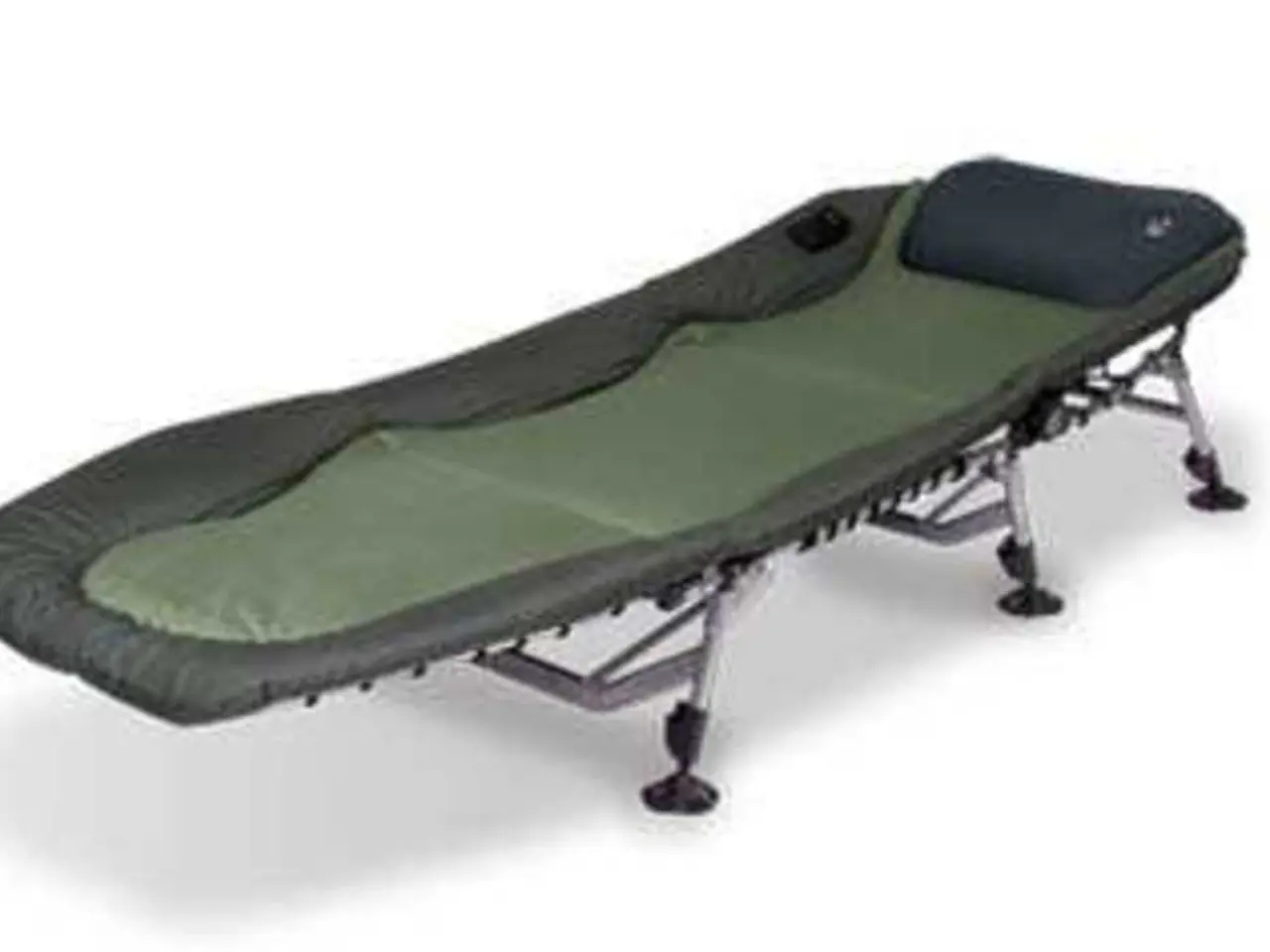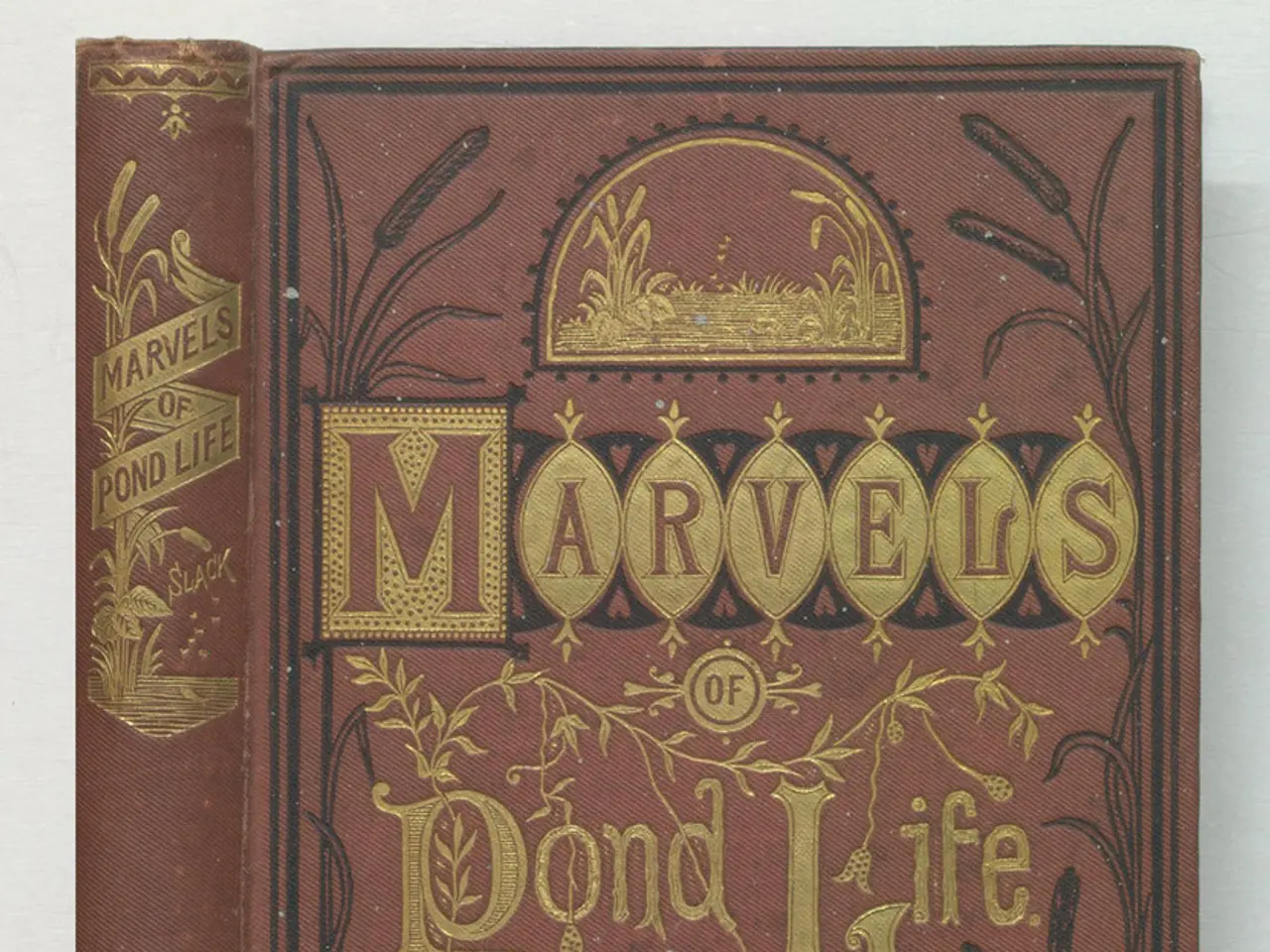First Space Traveler: Valentina Tereshkova, the Pioneering Female Astronaut
Valentina Tereshkova: The First Woman in Space
Valentina Tereshkova, born on March 6, 1937, in Maslennikovo, Russia, made history on June 16, 1963, as the first woman to fly into space. At the age of 26, she embarked on the Vostok 6 mission, becoming a global symbol of female achievement and Soviet superiority in the Space Race.
Tereshkova's selection was part of a broader strategy to showcase the Soviet Union's commitment to advancing women in science and technology. Her background as a parachutist and worker in a Soviet industrial plant, combined with the Soviet focus on young, healthy women cosmonauts, led to her being chosen. She was put through rigorous training similar to male cosmonauts, including at the Star City training center.
The Vostok 6 mission lasted 71 hours in orbit, making 48 rounds in earth orbit and spending almost three days in space. The mission was historic both scientifically and politically, as the Soviets wanted to underline their lead in space and social progress.
After her space flight, Tereshkova undertook various international visits, speeches, and missions, supported by the Soviets during the Cold War. She expressed her desire to return to space, but it was not to be. Tereshkova once said, "They forbade me from flying, despite all my protests and arguments. After being once in space, I was keen to go back there. But it didn't happen."
Tereshkova's political life flourished after her space flight. She joined the Communist Party of the Soviet Union and reached important political positions, including a member of the Central Committee of the Communist Party of the Soviet Union. However, her political life ended after the collapse of the Soviet Union, but she retained her prestige among the Russian people and the world.
Tereshkova's life was not without personal milestones. She married Soviet spaceman Andrian Nikolayev, with Khrushchev and other top Soviet officials attending the wedding ceremony. Tereshkova later divorced Nikolayev and had another marriage.
Tereshkova's father died during World War II when she was only 2 years old. Her mother, a textile factory worker, raised Valentina and her two siblings alone. Despite the economic hardships, Valentina could only start school at the age of 10.
Tereshkova became interested in parachuting and made her first jump in 1959. Her love for the sky was realised when she flew into space. She once said, "Anyone who has spent any time in space will love it for the rest of their lives. I achieved my childhood dream of the sky." Tereshkova also expressed, "If women can be railroad workers in Russia, why can't they fly in space?"
Tereshkova's impact extends beyond Earth. A crater on the moon was named Tereshkova in her honour. She is often regarded as one of the space heroes, alongside Gagarin and Aleksey Leonov. Tereshkova stated, "Once you've been in space, you appreciate how small and fragile the Earth is."
[1] Space.com. (2021). Valentina Tereshkova: First Woman in Space. [online] Available at: https://www.space.com/12094-valentina-tereshkova.html [2] NASA.gov. (2021). Valentina Tereshkova. [online] Available at: https://www.nasa.gov/feature/valentina-tereshkova-first-woman-in-space
- Valentina Tereshkova's groundbreaking space flight, as the first woman to venture into the cosmos, not only advanced aviation pioneers but also highlighted the Soviet Union's commitment to women's achievements in science, health-and-wellness, and women's health.
- Today, Tereshkova is celebrated not only as a renowned figure in space-and-astronomy but also as a symbol of female empowerment, inspiring women worldwide to pursue careers in science and technology.




